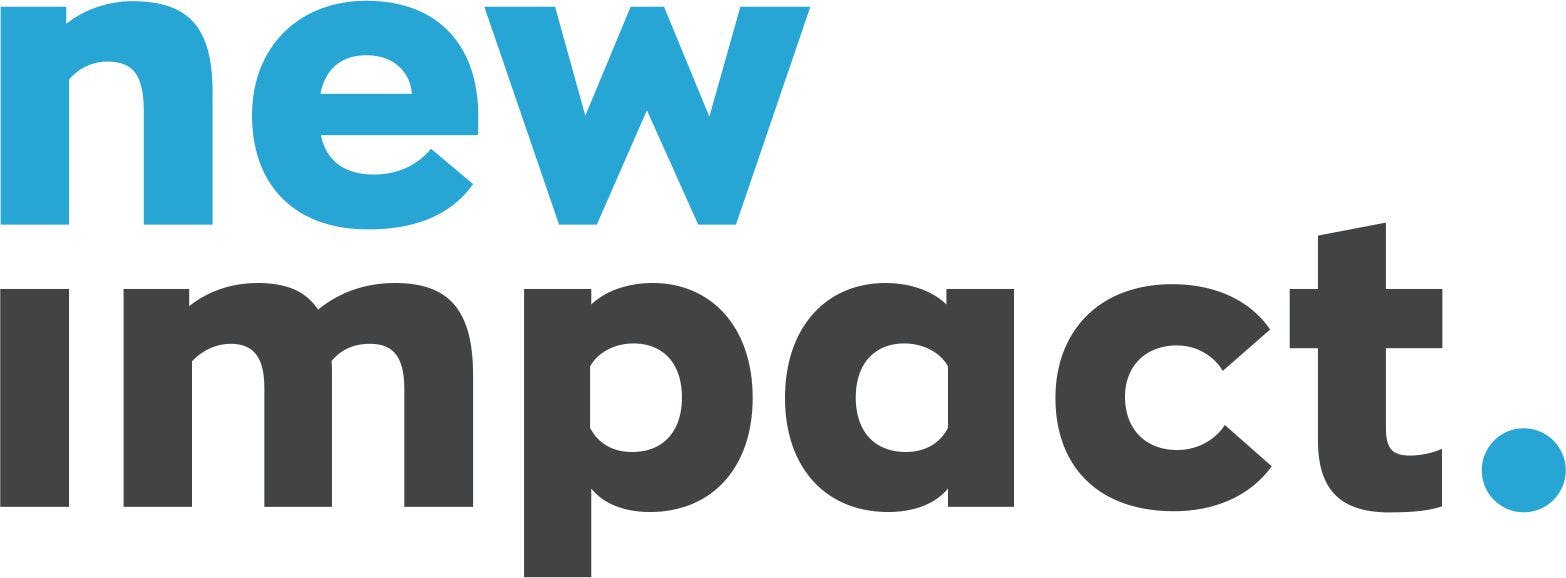Skip to content

Heard & Learned
Below, we share key insights and research findings from our Equitable Apprenticeships for Young Adults project. This page includes descriptions of the tools and artifacts we used to gain insights and create a tri-sector solution concept.
Explore the Spotlight Map
The Spotlight Map below reflects what we learned from 27 Spotlight Interviews conducted with people with experience and knowledge within a wide variety of sectors and facets in the apprenticeship space. The information is organized around themes that emerged in the interviews.
Several themes stood out from the interviews:
Fig 1. Spotlight Map
Explore the Systems Map
The system map below illustrates high-level drivers and dynamics that influence the availability of apprenticeships and a young adult’s access to them.
We used these to identify opportunity areas and possible points of intervention, which included the following:
Fig 2. Systems Map
Explore the Impact Journeys
Two impact journeys below illustrate the sequential points in the experience of 1) a young adult exploring and entering into apprenticeship, and 2) an employer considering and adopting apprenticeship. These impact journeys help surface obstacles, pain points, successes, gaps, and opportunities.
Fig 3. Impact Journey for the Learner (potential apprentice)
This impact journey, following the Learner, revealed that:
Fig 4. Impact Journey for the Employer
This impact journey, following the Employer, revealed that:
If you or your organization is interested in helping pilot one of our programs in your community, please .
Want to print your doc?
This is not the way.
This is not the way.

Try clicking the ⋯ next to your doc name or using a keyboard shortcut (
CtrlP
) instead.